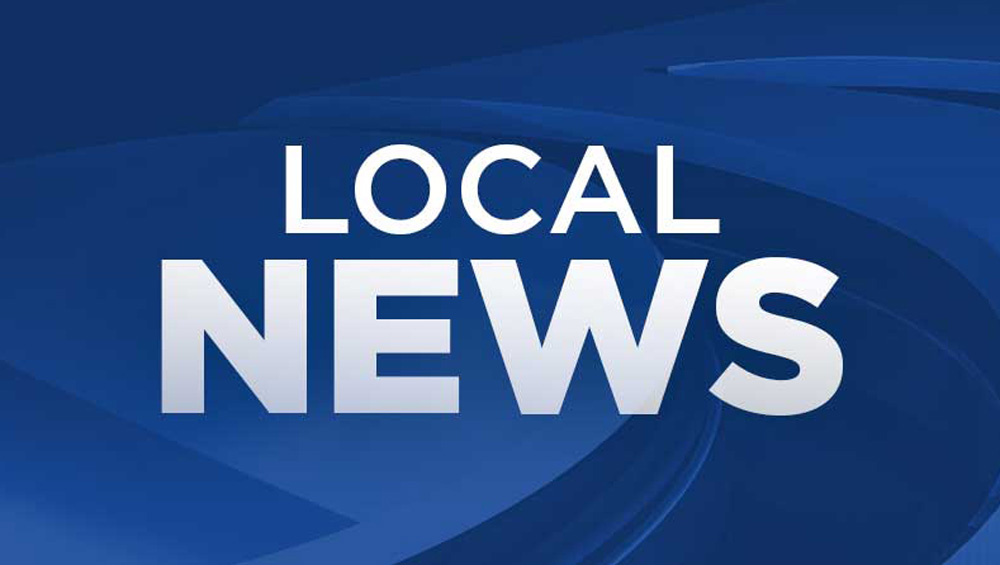
With Election Coverage, Local TV News Gets A Last Run At Trust


Emily Barr
The unsurprising take-away from a September 2023 Magid research study is that U.S. news consumers are losing faith in their primary news sources. RTDNA commissioned this national study ahead of what is already developing into a massive onslaught of political advertising on television, social, radio and digital which, let’s face it, is helping fuel the distrust. Trust me when I tell you, the news media has a trust issue and it is not just the national outlets that are suffering. Local news has been dragged into the mud, and we need to do our level best to ensure we rise above it.
Political advertising — the every-other-year, lifeblood of local television stations — is more often designed to denigrate opponents and fling wild accusations than to tell us why we should actually support one candidate versus another. Like it or not, these negative messages seep into our brains as we watch the news.
Isn’t it ironic that the bulk of political advertising is aimed at local news viewers who, according to Magid, still trust their local broadcasters more than any other medium? And yet, if they chose to watch local news, they must sit through endless, mostly negative political ads in order to figure out who to support. It’s akin to bailing out a water-logged boat with a teacup. No wonder local news directors and their teams are overwhelmed.
In the study, Magid recommends leaning into fact-checking, balanced reporting, transparency and candidate profiles as ways of blunting the growing distrust and divide sweeping our country. Further, the study indicates a very strong interest in watching political candidates debate the issues and be held to account by a strong, local moderator who respectfully but forcefully presses the candidates for answers. This is especially true for local and state races where the issues hit close to home.
These are all great ideas and it is imperative that local news outlets embrace them in a direct, open and honest dialogue with their viewers and readers lest they allow trust in their news coverage to continue to erode.
I would submit that if there was ever a time for local news outlets to team up and supersize their ability to offer debates, town halls and candidate forums, now is the time. Decades ago, live forums were commonly found on local television stations, some of whom might team up with The League of Women Voters or other non-partisan groups in an effort to inform voters before they went to the polls. Many used to offer these forums to their competitors as a means of reaching more voters. The gold standard was to air them free of commercial interruptions in primetime — substance over flash.
Try as they might, news directors will not be able to accomplish such efforts without the full support and encouragement of their station management, group heads and owners. With all of the political revenue expected to hit the books this year, carving out time here and there for straightforward debate and discussion is the least we can do to support our democratic system.
Today, savvy political consultants have figured out that it is not always in their best interest to put their candidate in front of a live audience because they cannot control the questions and responses. Imagine, though, if a local newspaper, television stations and radio outlets all teamed up to air a debate across their respective channels and social platforms at the same time. Sure, they are competitors, but when it comes to our democracy and governance, sometimes we need to take an all-hands-on-deck approach to keep the ship from sinking.
Candidates would be hard-pressed to say no to every outlet in their community acting as one, and each station or newspaper would still be free to offer their own unique take on the event and the candidates involved.
Imagine if every outlet in every local media market provided in-depth candidate profiles with questions and answers, track records and perspective from local political analysts well in advance of the early voting deadlines? Imagine local news organizations asking their viewers/readers what matters the most to them and then reporting on it?
Perhaps local news providers might poll their audience on social media and via digital. As one news director told me, get to the nitty gritty of what your community is worried about and examine, in detail, what they need.
Newsrooms should also work diligently to educate their viewers/readers: Not everyone understands how absentee balloting works or how votes are actually counted. Demystify the process and educate your community so that voters have the opportunity to inform themselves before heading to the polls.
Imagine the level of trust the media could build if we commit to telling the stories of people directly impacted by the policies and laws politicians espouse? Now imagine what happens if we don’t.
The RTDNA Magid study is a blueprint for understanding and tackling the seemingly intractable loss of trust permeating our newsrooms. There is a great deal that local newsrooms can accomplish this year. We would all do well to act on it now before it is too late.
Emily Barr is the retired CEO of Graham Media Group and currently serves on the board of The Maine Monitor, an independent, nonpartisan investigative and explanatory journalism digital outlet focusing on public interest issues that impact Maine.
























Comments (1)
tvn-member-2426019 says:
January 17, 2024 at 8:09 pm
Emily: You are always on target.
Fred Young